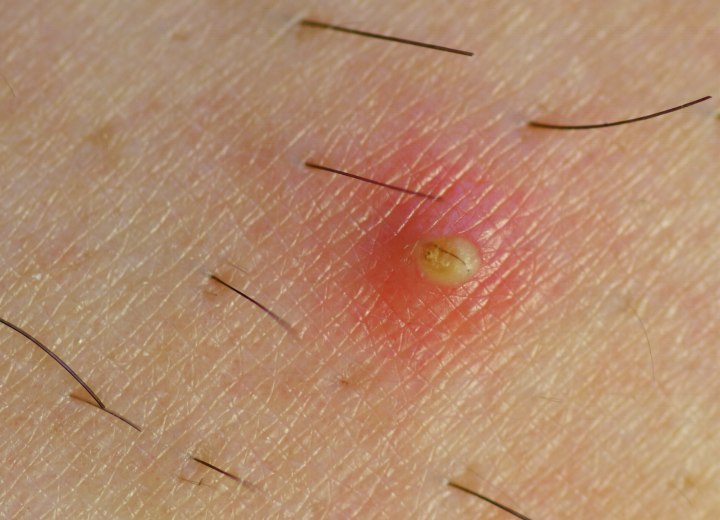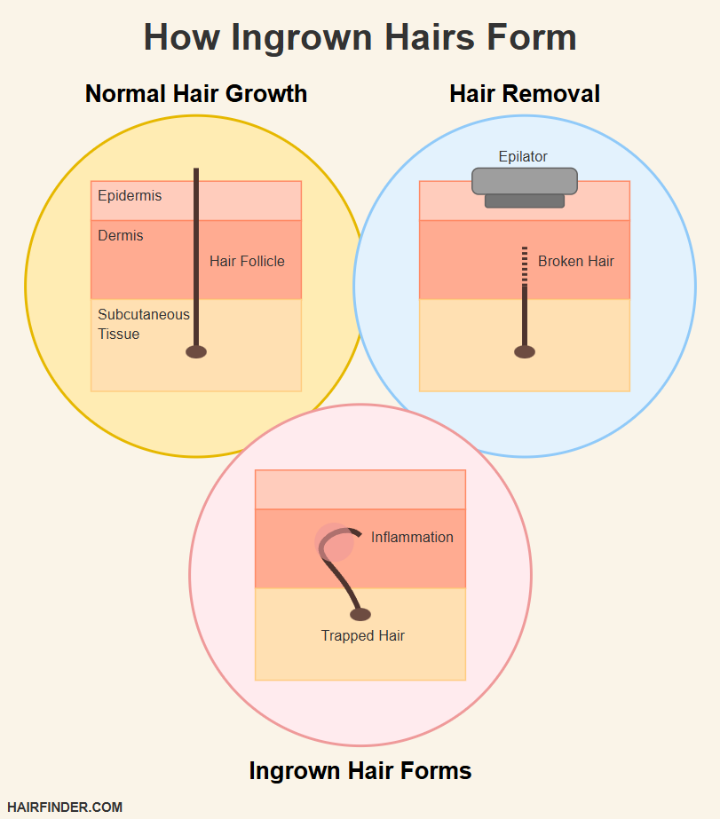Epilator & Ingrown Hairs

A: Ingrown hairs are a frustrating side effect that many people experience with epilation. It sounds as though your epilator may be becoming worn, which is often one of the main culprits behind this issue.
However, when the device begins to wear down, the tweezers may lose their precision grip. Instead of cleanly extracting the entire hair, they might stretch the hair and break it off just beneath the skin's surface. When this happens, the hair continues to grow underneath the skin rather than emerging properly, creating what we call an ingrown hair.
Worn epilators aren't the only cause, though. Your skin type and hair texture can also contribute to this problem. People with coarser, curlier hair tend to experience ingrown hairs more frequently because these hair types naturally have a harder time finding their way straight through the skin's surface as they regrow.
If you've been using your epilator for an extended period, I'd recommend checking the device for signs of wear and considering a replacement if necessary. Most epilators need to be replaced every 1-2 years depending on frequency of use and maintenance.

Remember that proper technique matters too. Always epilate against the direction of hair growth and keep your skin taut while using the device. This gives the epilator the best chance of grasping the entire hair rather than breaking it.
If you continue to experience problems despite these measures, you might consider consulting with a doctor, especially if the ingrown hairs become infected or particularly painful.
©Hairfinder.com
How does an epilator work?
Can I use a men's electric razor to shave the hair on my arms and legs?